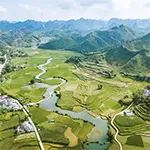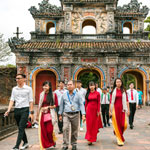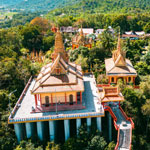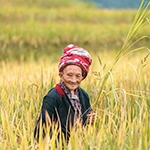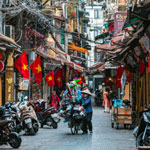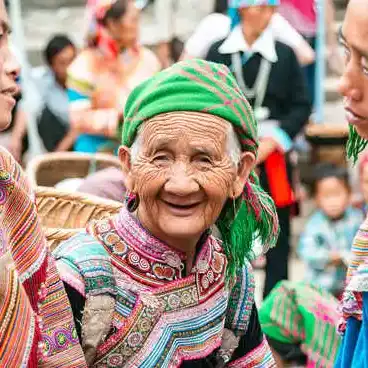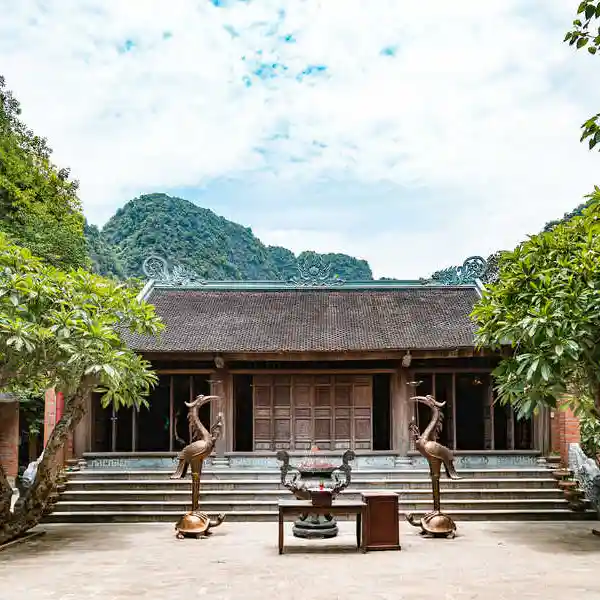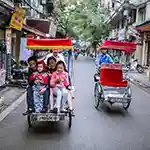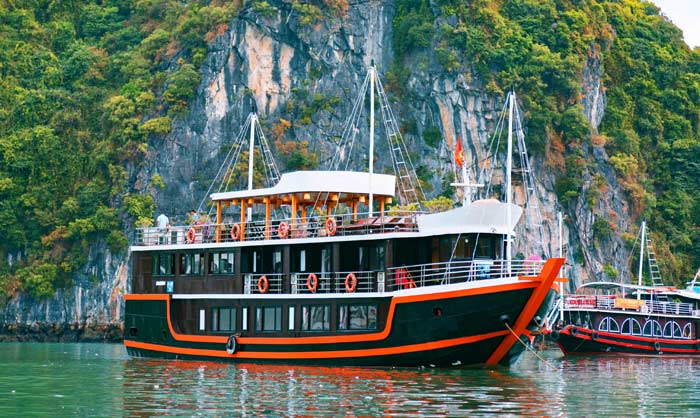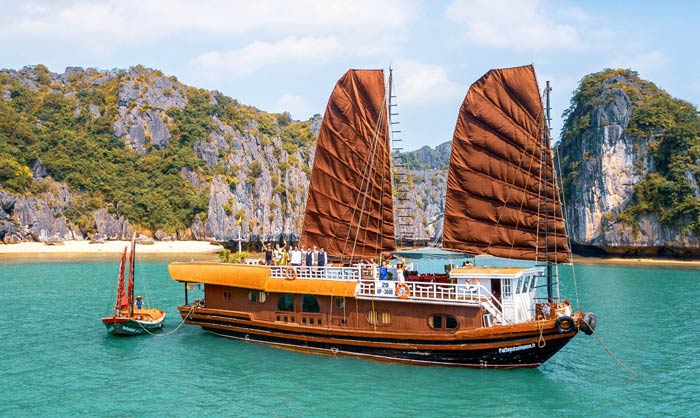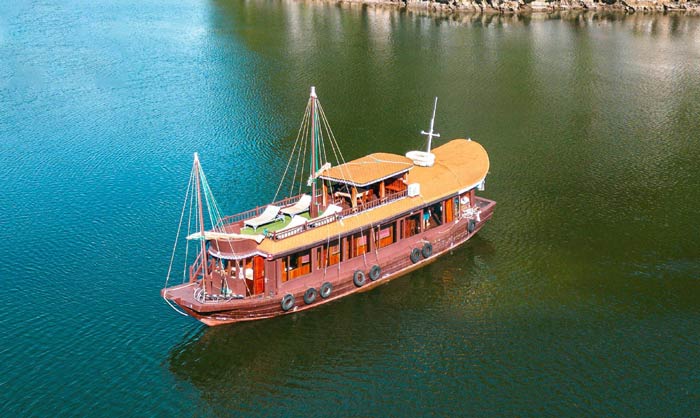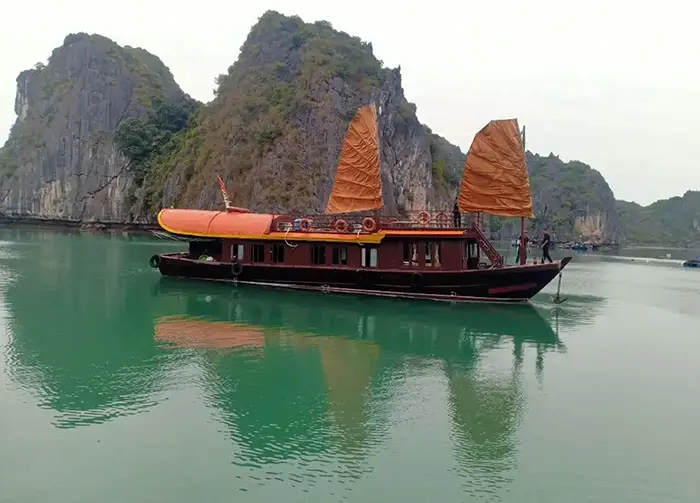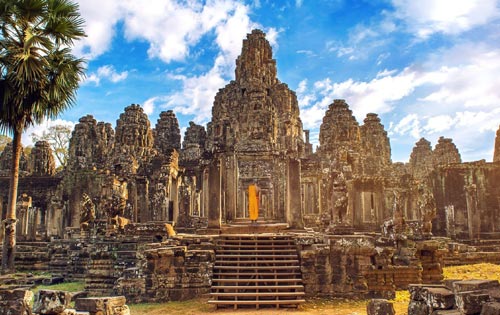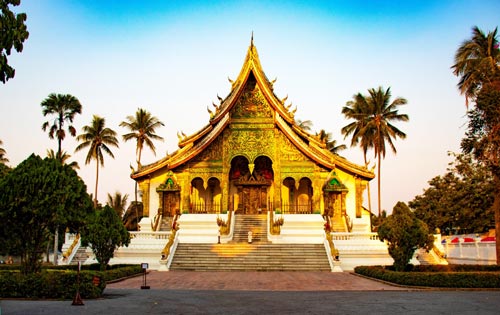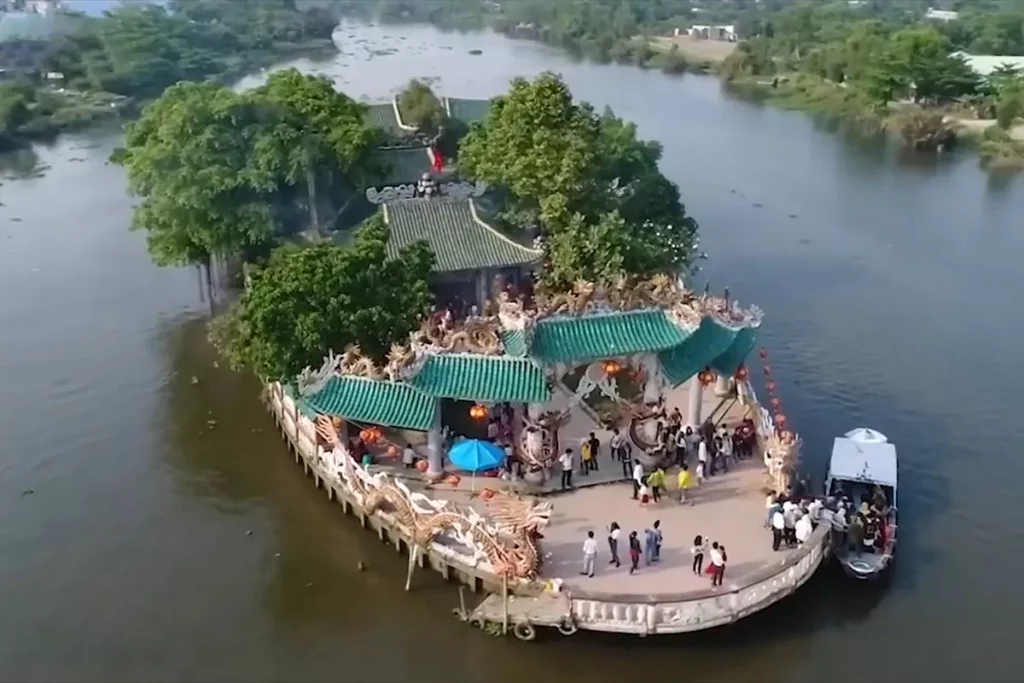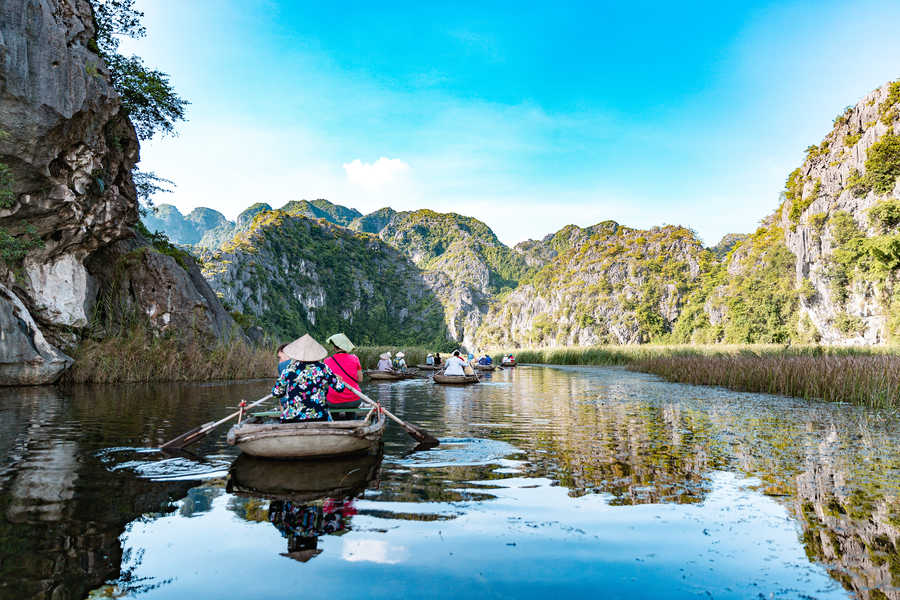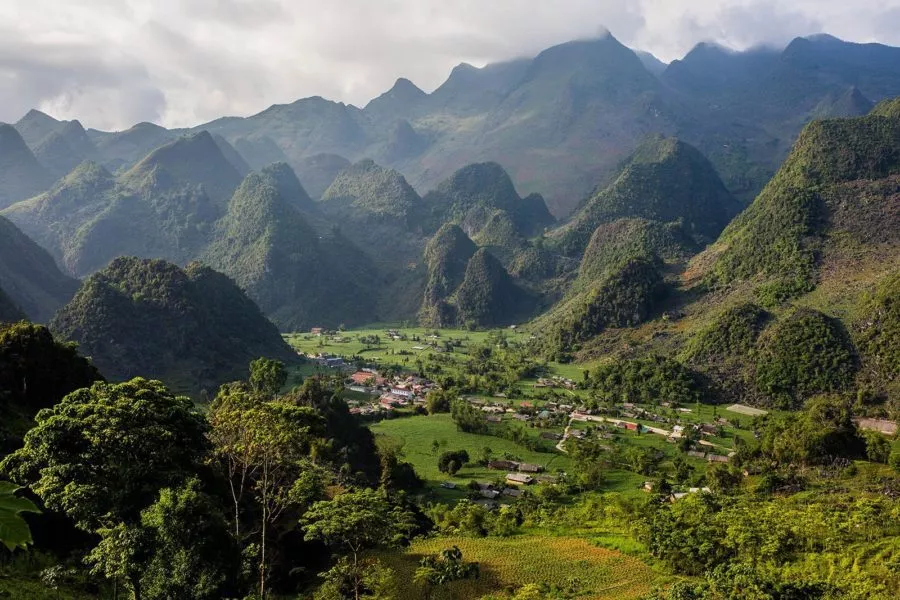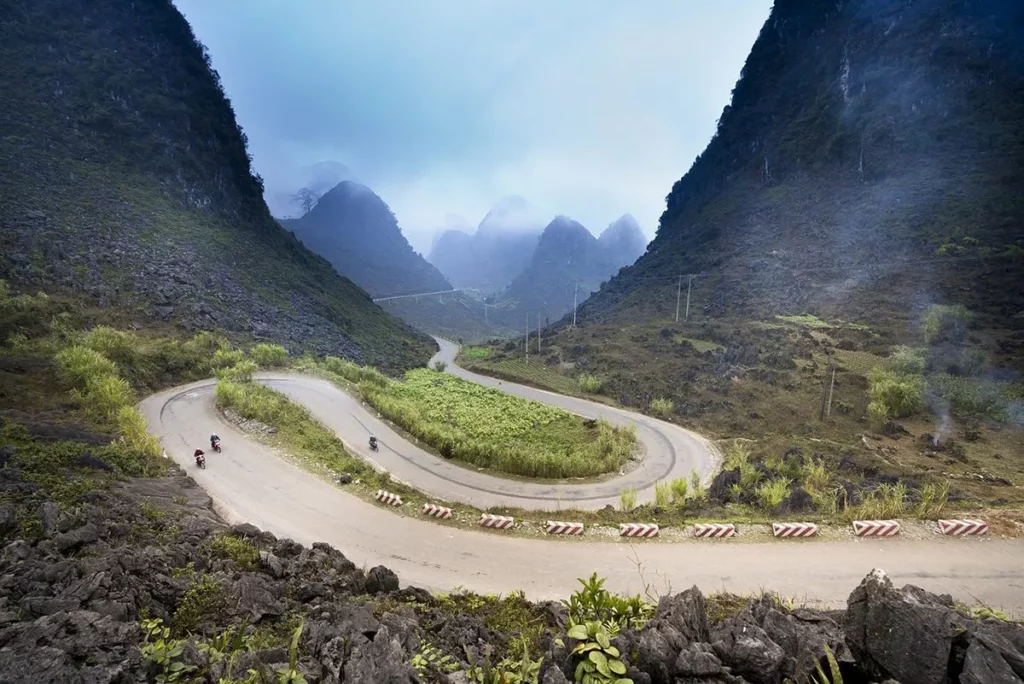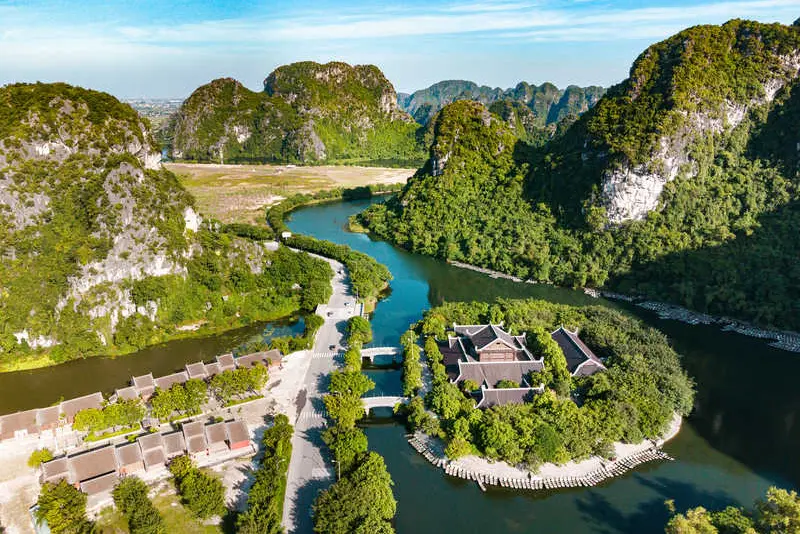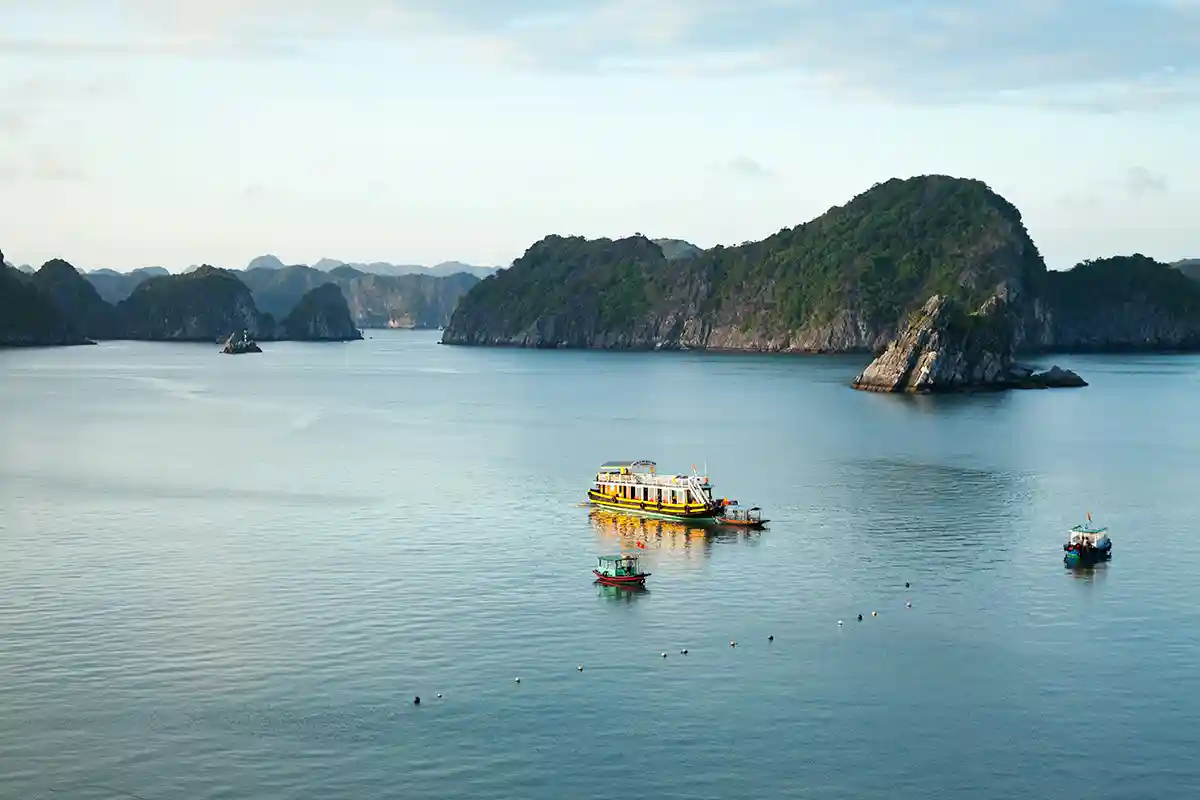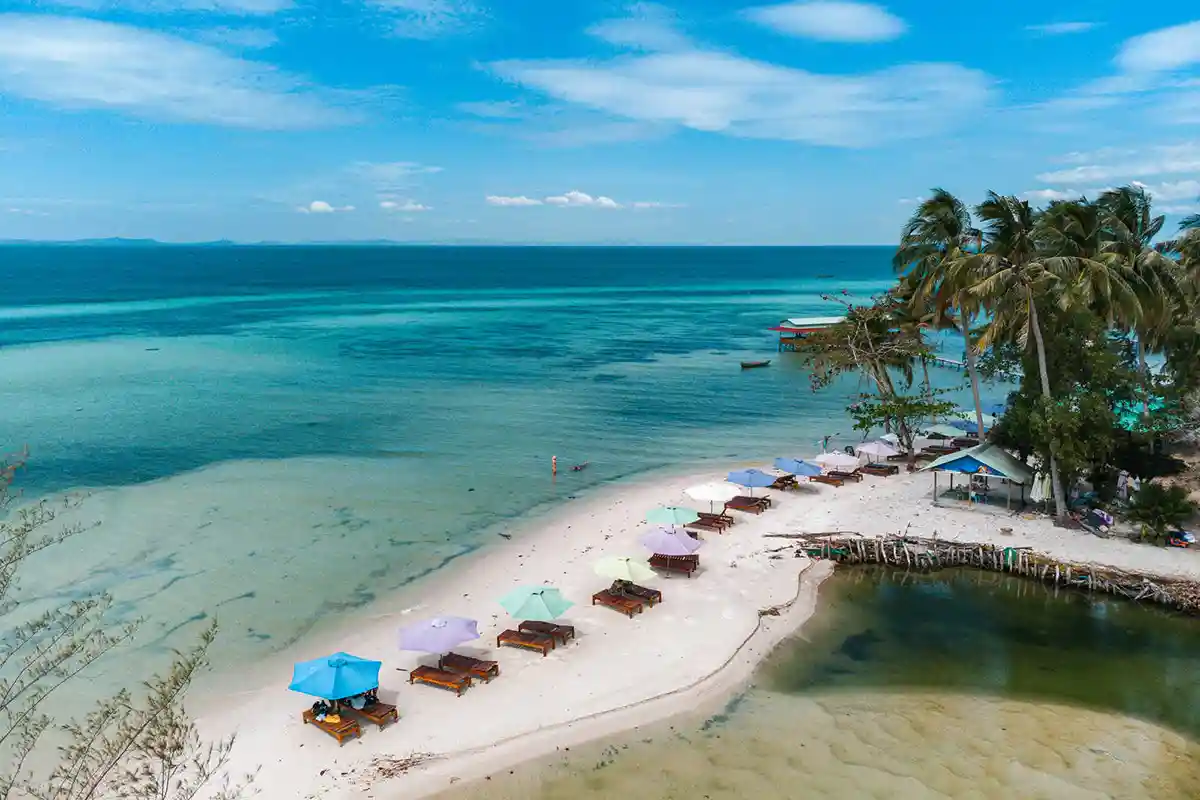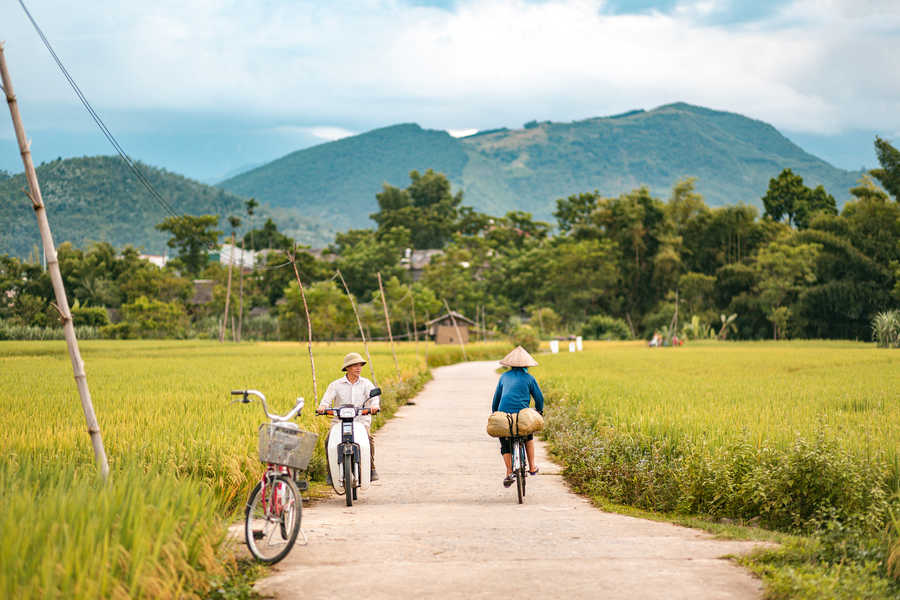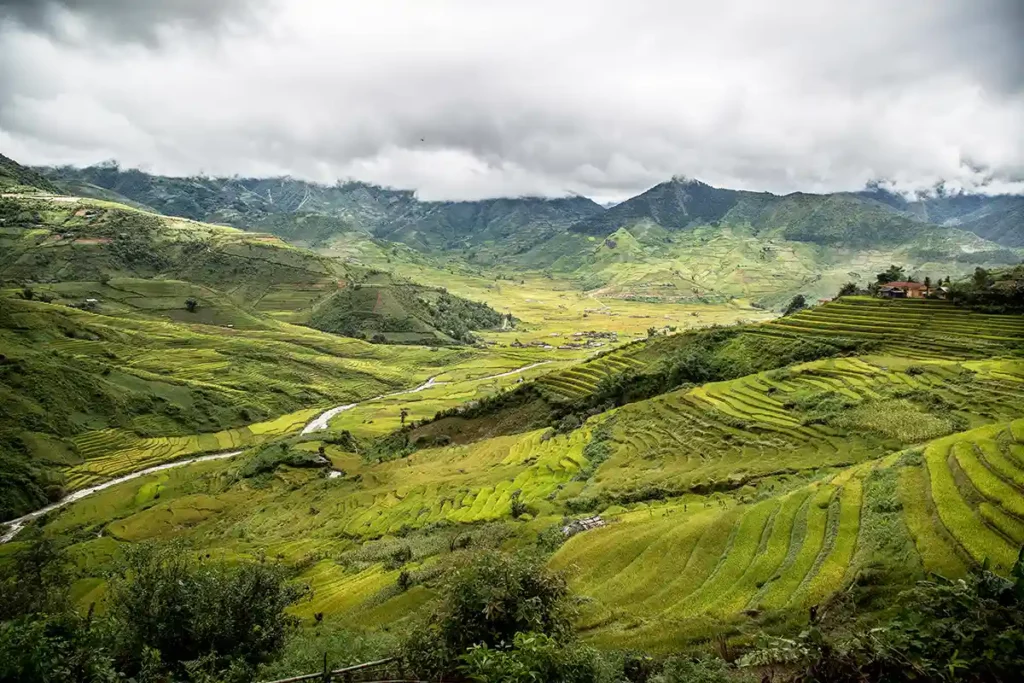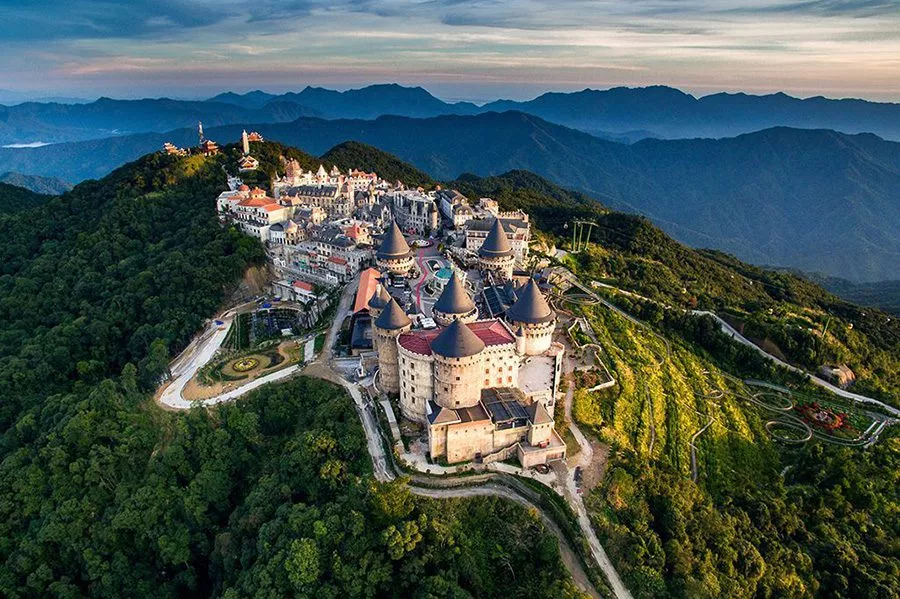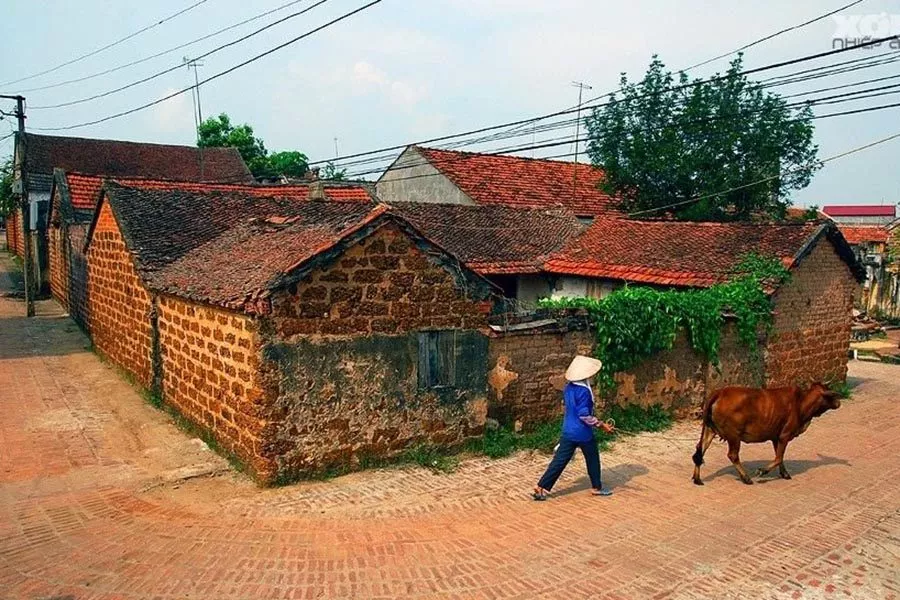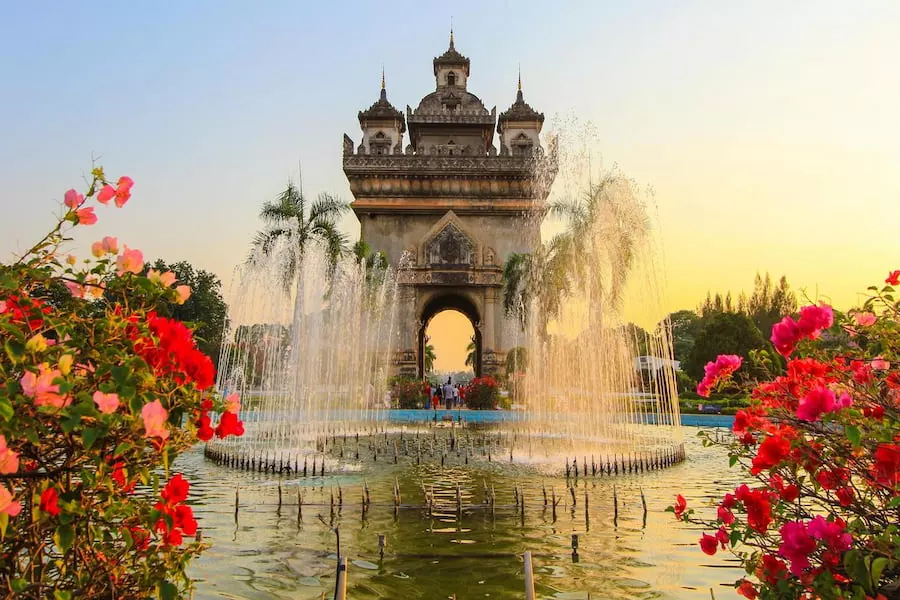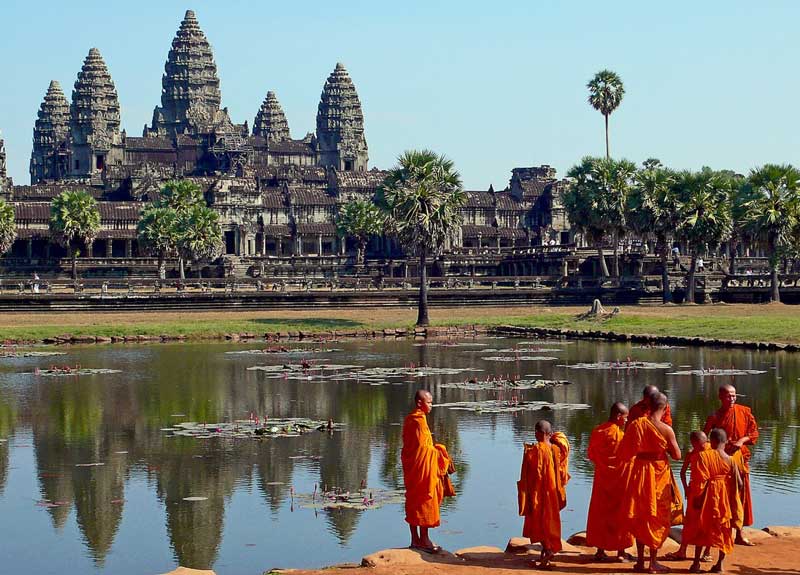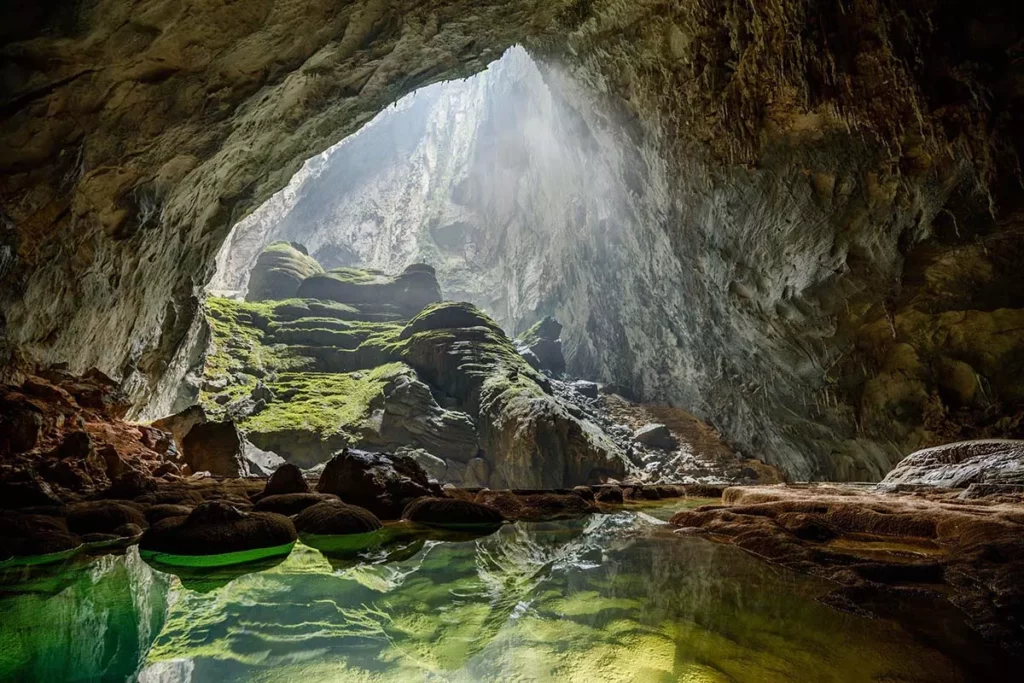Would you like to discover the spiritual life of Ho Chi Minh City? Or simply take a quiet moment of reflection in this city that never seems to stop?
In this article, we’ll introduce you to 10 spiritual places to visit in and around Ho Chi Minh City.
The Vietnamese people are deeply spiritual, and the sites we describe are actively used by locals for prayer rituals, seeking blessings, and invoking good luck and fortune. Some temples were founded by early Chinese migrants, showcasing their rich heritage, while others represent unique religions and even played vital roles during the Vietnam War.
Each temple has its own captivating story, inviting you to learn and appreciate the city’s cultural diversity.
Feel free to contact us to organize your trip to southern Vietnam.
A few words on local spirituality
Difference Between a Pagoda and a Temple
A pagoda typically refers to a specific type of religious building associated with Buddhism. Pagodas are usually multi-tiered towers with curved roofs and serve as places of worship, meditation, and education for Buddhists. They often house relics, statues, and scriptures.
A temple, on the other hand, is a broader term encompassing religious structures dedicated to various belief systems, including Buddhism, Taoism, Confucianism, and Hinduism. Temples can have different architectural styles and layouts, depending on the specific religious tradition they represent.
To learn more, check out our dedicated article on the topic.
Local beliefs
Beliefs in southern Vietnam are diverse, but the vast majority of the population (over 80%) practice Vietnamese folk religion, characterized by ancestor worship and spiritual beliefs.
Buddhism represents about 10% of practitioners — a relatively small number compared to the many Buddhist structures found across the country. It’s important to note that Vietnamese people identify as Buddhists only if they strictly follow the Buddha’s teachings and regularly attend retreats at pagodas, which is not the case for most people.
Nevertheless, pagodas are widespread throughout Ho Chi Minh City and serve as centers for Buddhist teachings, meditation, and community activities.
After folk religion and Buddhism, Christianity holds a significant presence as the third major religion in the city. Although Christians are fewer in number, there are several churches in Ho Chi Minh City, many dating back to the colonial era.
Hinduism is rare, practiced mainly by the Cham ethnic group, one of Vietnam’s indigenous Hindu communities. However, you’ll still find a few Hindu structures in Ho Chi Minh City (see below).
The most beautiful temples in Ho Chi Minh city and surroundings
The temples of Ho Chi Minh City are where locals seek blessings, guidance, and protection from their ancestors and deities.
During special occasions like Lunar New Year (Tết) and other important dates on the lunar calendar, temples become lively centers of activity, filled with devotees offering prayers, burning incense, and making offerings to ensure good fortune for the year ahead.
You’ll find strong Chinese influences, especially in the bustling Chinatown district, home to temples dedicated to various deities and ancestor worship.
Here’s our list of favorite temples in Ho Chi Minh City:
Jade Emperor Pagoda
The Jade Emperor Pagoda is one of the most popular temples in Ho Chi Minh City, located in the heart of District 1. This beautiful pagoda is renowned for its ornate architecture and peaceful atmosphere. It gained international attention when it welcomed a special guest — President Barack Obama — during his visit to Vietnam in 2016.
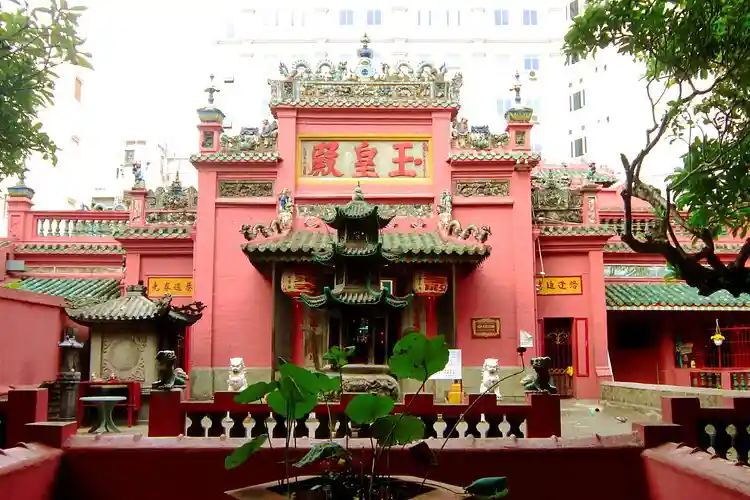
Jade Emperor Pagoda, Ho Chi Minh city
Thien Hau Pagoda
Located in Chinatown, the Thien Hau Temple is an important religious site dating back to the 17th century. It serves as a spiritual center for Saigon’s Chinese community and features impressive architectural details. Inside the temple, you can admire the intricate incense coils hanging from the ceiling.
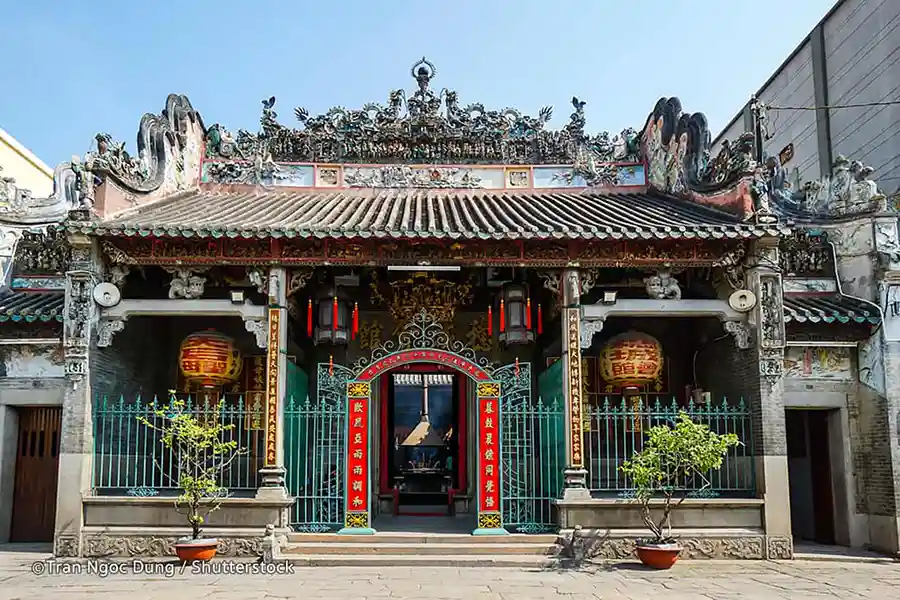
Incense coils hanging at Thien Hau Pagoda
Nhi Phu Temple
Also located in Chinatown, the Nhi Phu Temple, also known as the Ong Bon Temple, was built in the early 18th century by immigrants from Fujian. It is an important religious site for the Chinese community, especially during the Ong Bon Festival. You can admire its detailed architecture and immerse yourself in the rich cultural traditions celebrated here.
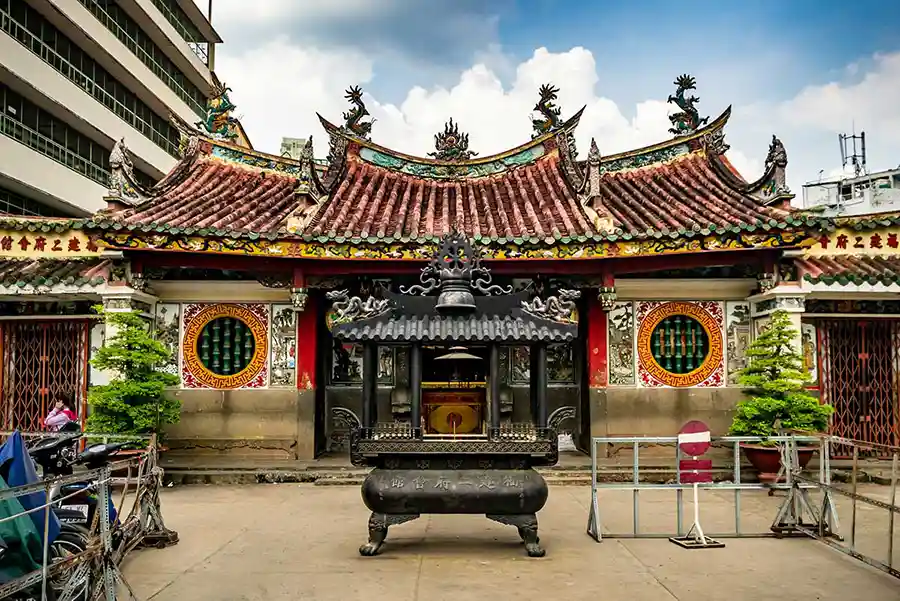
Entrance of Nhi Phu Temple in Ho Chi Minh City
Giac Lam Pagoda
With a history spanning more than 300 years, Giac Lam Pagoda holds great cultural and architectural significance. Built in 1744 by a Chinese monk, it combines Vietnamese and Chinese architectural styles. Its most remarkable feature is the 32-meter multi-tiered stupa, adorned with intricate carvings and symbolizing enlightenment.
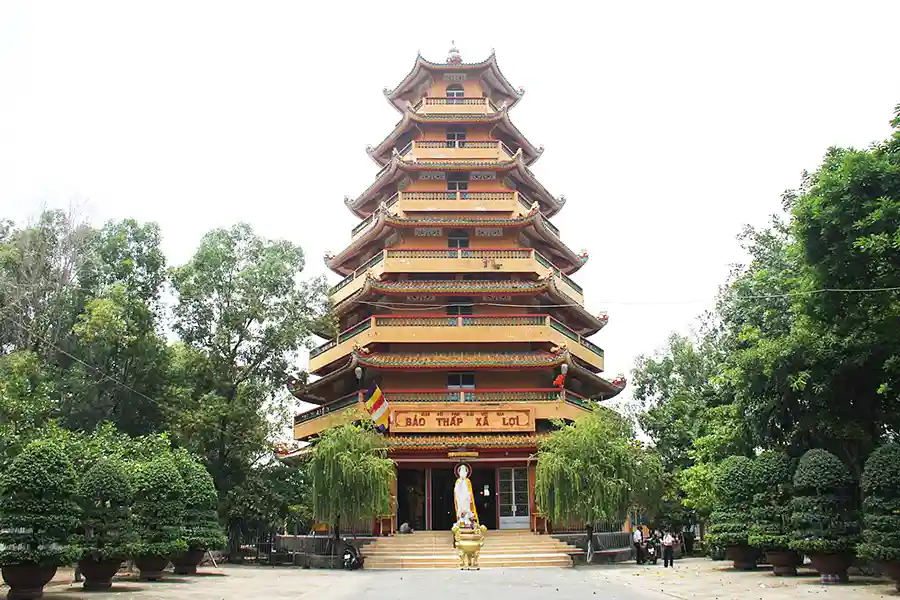
Stupa of Giac Lam Pagoda, Ho Chi Minh City
Buu Long Pagoda
The Buu Long Pagoda stands out because it resembles the temples you might find in Thailand. Nestled amid lush greenery, this pagoda offers a serene and picturesque setting. The stunning 56-meter golden stupa and the pond that reflects the temple and clouds make it a favorite spot for photographers.
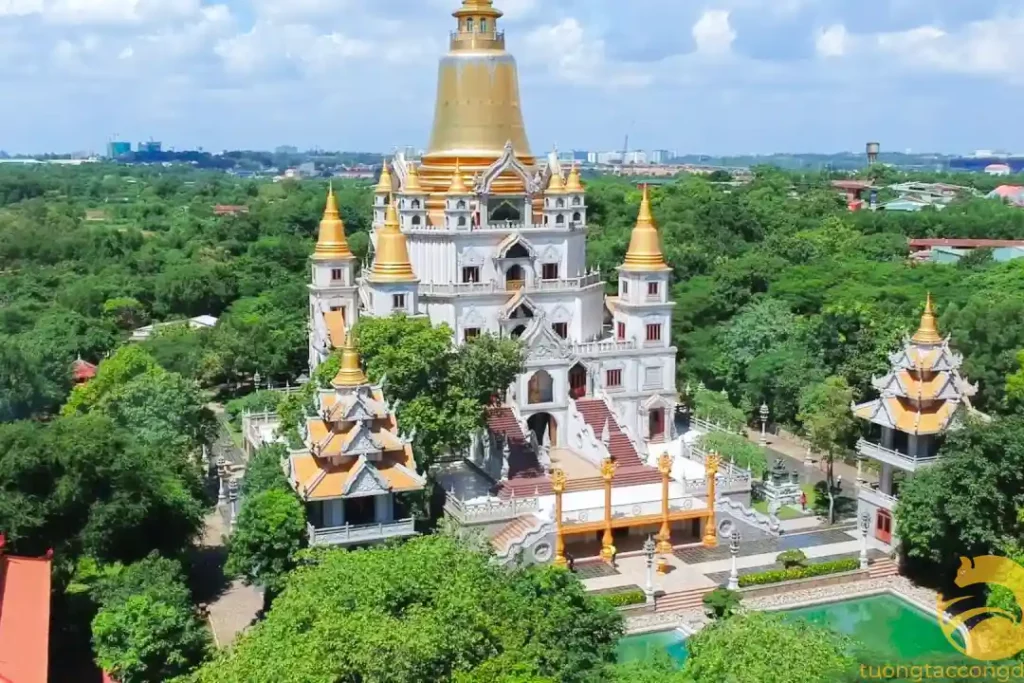
View of Buu Long Pagoda, Ho Chi Minh City
Vinh Nghiem Pagoda
Considered one of the largest and most important pagodas in the region, Vinh Nghiem Pagoda is both a religious and cultural landmark. It showcases exquisite Vietnamese Buddhist architecture, intricate wood carvings, and beautiful gardens. Visitors can explore the vast temple grounds and experience the tranquility of Buddhist rituals and practices.
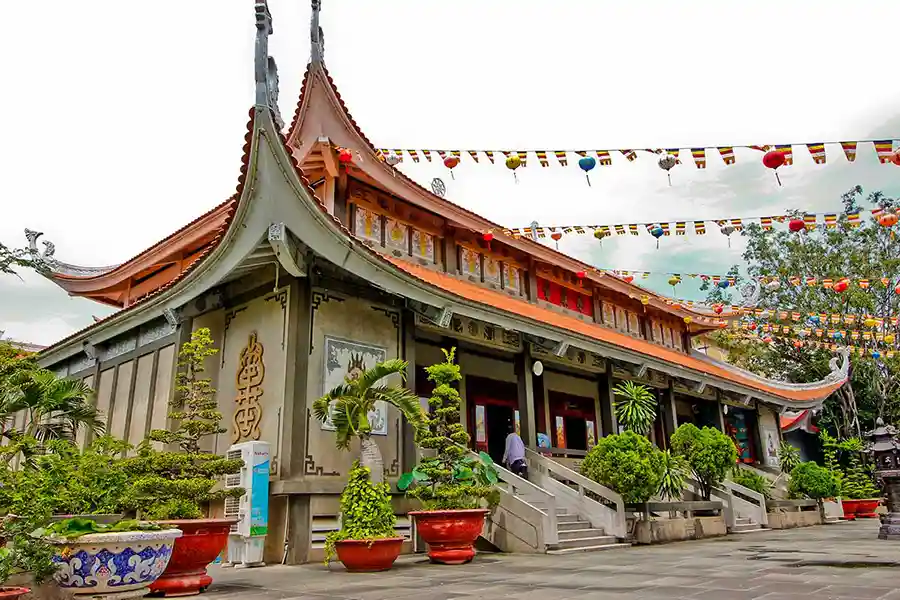
In front of Vinh Nghiem Pagoda
Xa Loi Pagoda
The Xa Loi Pagoda holds a special place in recent history, as it was the center of protests against the government of South Vietnam in the 1960s. It gained worldwide attention when Thich Quang Duc, a Buddhist monk, self-immolated in protest of religious discrimination. The pagoda itself was later attacked by government forces. Today, it stands as a symbol of resilience and spiritual resistance.
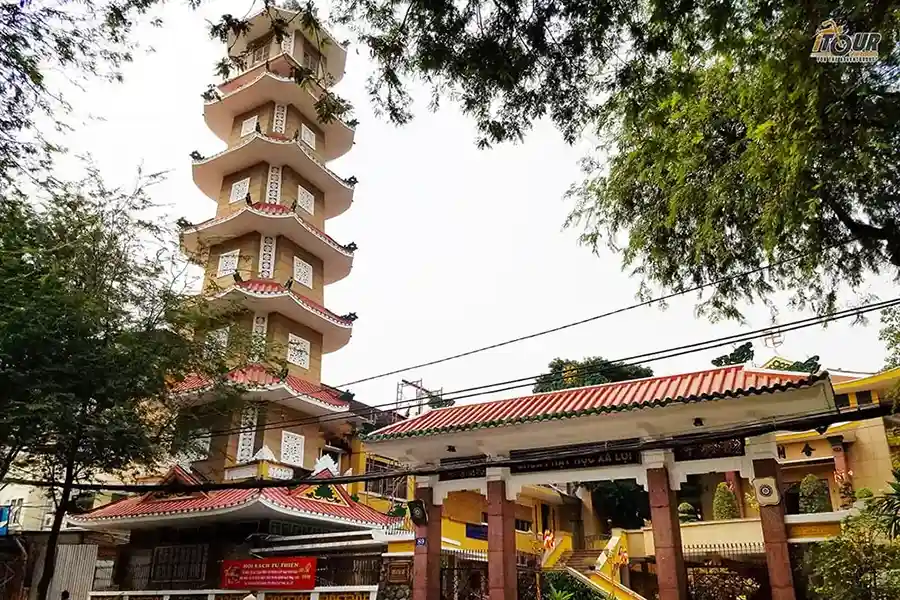
Xa Loi pagoda in Ho Chi Minh city
Mariamman Hindu Temple
The Mariamman Hindu Temple is one of the few Hindu temples in Ho Chi Minh City, representing the vibrant Tamil community and its religious practices. The temple is known for its colorful and lively decorations depicting various Hindu deities. It offers visitors a glimpse into Hindu culture and traditions within the city.
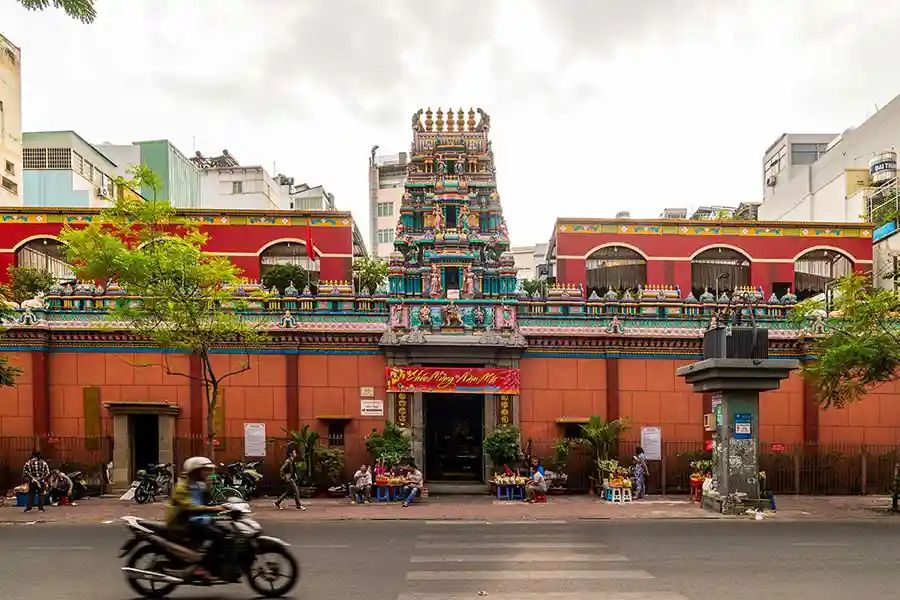
Mariamman Hindu Temple
Phu Chau Floating Temple
Located on an island in the Vam Thuat River, the Phu Chau Floating Temple is truly unique. Accessible only by boat, it allows visitors to admire its impressive dragon statues, explore the compact temple complex, and enjoy the peaceful atmosphere surrounded by water and nature.
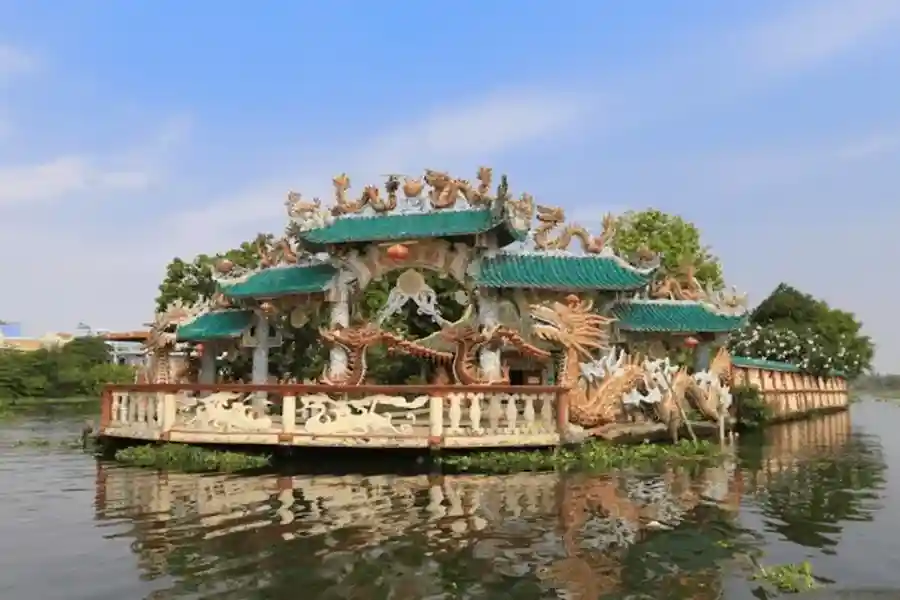
Phu Chau Floating Temple
Cao Dai Temple
Located about 90 kilometers from Ho Chi Minh City in Tay Ninh, the Cao Dai Temple is the center of the unique Cao Dai religion. The temple’s colorful exterior reflects the diverse influences of this syncretic faith, which blends elements of various world religions and philosophies. You can attend the daily prayer ceremony and immerse yourself in the spiritual practices of this fascinating religion.
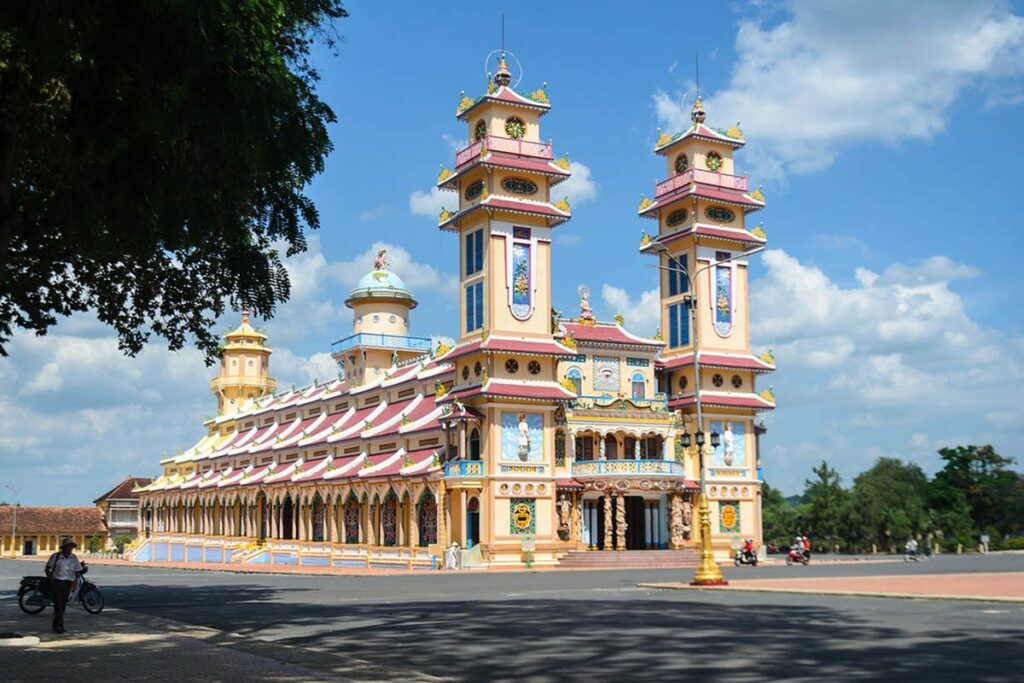
Cao Dai Temple in Tay Ninh
Now you know all the major spiritual landmarks in and around Ho Chi Minh City.
Feel free to contact us to arrange your visits!

